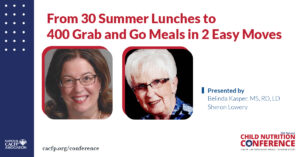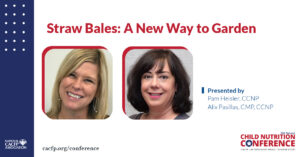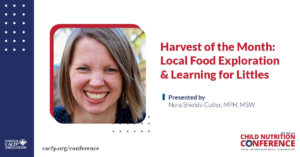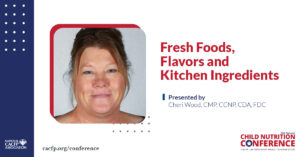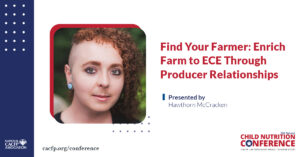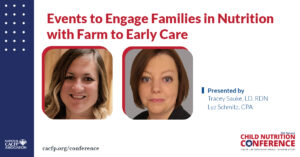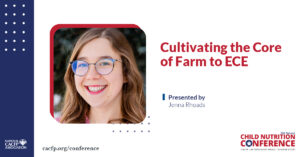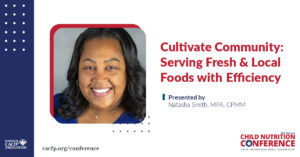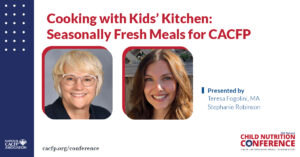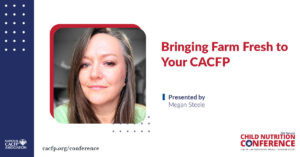2025 NCNC
From 30 Summer Lunches to 400 Grab and Go Meals in 2 Easy Moves
Remember transitioning from SFSP congregate meals to passing out sack meals because of COVID-19 and the difficulties associated with the process? Travel through 19 years of how one nonprofit moved from congregate to non-congregate meals while increasing the meals served. See how you, too, can service rural children in a non-congregate manner, no matter your population size or state.
Read MoreStraw Bales: A New Way to Garden
Straw bale gardening can be a fun and affordable way to create a garden, even on paved surfaces or in areas with poor soil. It also offers several advantages over traditional gardening methods. Learn an enjoyable and environmentally conducive way of growing your vegetables with versatility that won’t break the bank.
Read MoreHarvest of the Month: Local Food Exploration & Learning for Littles
Are you interested in finding resources and ideas to engage kids in exploring and learning about new foods? Discover how Harvest of the Month resources can help you discuss exploring local foods and incorporate Farm to CACFP concepts in your child care setting.
Read MoreFresh Foods, Flavors and Kitchen Ingredients
Do you feel as if the food you serve is bland and lacks appeal? Is serving fresh fruits and vegetables hard to implement? Learn why indoor gardening is Farm to CACFP together with which essential ingredients you can use to keep sodium down, sugar low and still add tons of flavor while staying within the CACFP guidelines.
Read MoreFind Your Farmer: Enrich Farm to ECE Through Producer Relationships
Farm to ECE enhances community access to healthy and local foods by changing food purchasing practices, elevating food and agricultural education, and strengthening local food economies. Explore the National Farm to School Network’s role in supporting ECE programs, steps for connecting with local producers for procurement, and innovative approaches to food purchasing.
Read MoreEvents to Engage Families in Nutrition with Farm to Early Care
Do you feel your messages to children aren’t making their way home? See how you can host Farm to ECE family engagement events focused on getting families excited about eating healthy, learning where food comes from, and applying this knowledge at home. Also, learn how to budget for different nutrition events and how to incorporate culturally responsive education.
Read MoreCultivating the Core of Farm to ECE
Whether you’re new to Farm to Early Childhood Education (ECE) or have engaged in it for years, examine key takeaways developed over nearly a decade of experience with a nine-state Farm to ECE community of practice. Get a formula for building a successful program, a roadmap, and learn how it can help you create systematic change in spreading Farm to ECE knowledge.
Read MoreCultivate Community: Serving Fresh & Local Foods with Efficiency
Unlock the power to transform your food service operations and champion local agriculture. Discover dynamic strategies to streamline procurement, craft vibrant farm-to-table menus, and forge impactful partnerships with local farmers. Empower yourself to serve fresh, community-driven foods while reclaiming precious time, by learning to elevate your operations and celebrate local agribusiness.
Read MoreCooking with Kids’ Kitchen: Seasonally Fresh Meals for CACFP
Explore a dynamic, healthy food collection featuring seasonal, fresh, and nutritious CACFP meals and snacks for young children. Learn how to efficiently bring these simple and wholesome recipes with freshness into your classroom kitchen or home while promoting healthy eating habits to deepen nutritional understanding.
Read MoreBringing Farm Fresh to Your CACFP
Wondering how to get started with Farm to CACFP? Get a checklist and conversation starters to begin your journey in procuring local foods and get on the road to serving locally-grown, healthy foods to young children.
Read More
